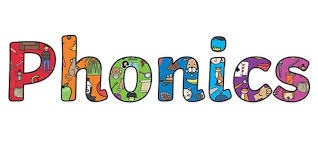phonics

Phonics is a way of teaching children how to read and write. It helps children hear, identify and use different sounds that distinguish one word from another in the English language. Written language can be compared to a code, so knowing the sounds of individual letters and how those letters sound when they’re combined will help children decode words as they read. Understanding phonics will also help children know which letters to use when they are writing words. Phonics also helps children develop their knowledge of vocabulary through exploring the meaning of words with similar and alternative sounds.
At Victor Seymour we are using a scheme called 'Unlocking Letters and Sounds'. Unlocking Letters and Sounds is a systematic synthetic phonics programme which follows the progression of the 2007 Letters and Sounds framework, with the addition of some KS1 National Curriculum objectives.
Through ULS children will learn the 150+ graphemes that are represented by the 44 phonemes of the English language along with common exception words (CEWs) in a planned, progressive way. This is achieved through daily phonics lessons, reading practice using fully decodable books matched to the child’s phonic knowledge and daily handwriting practice.

